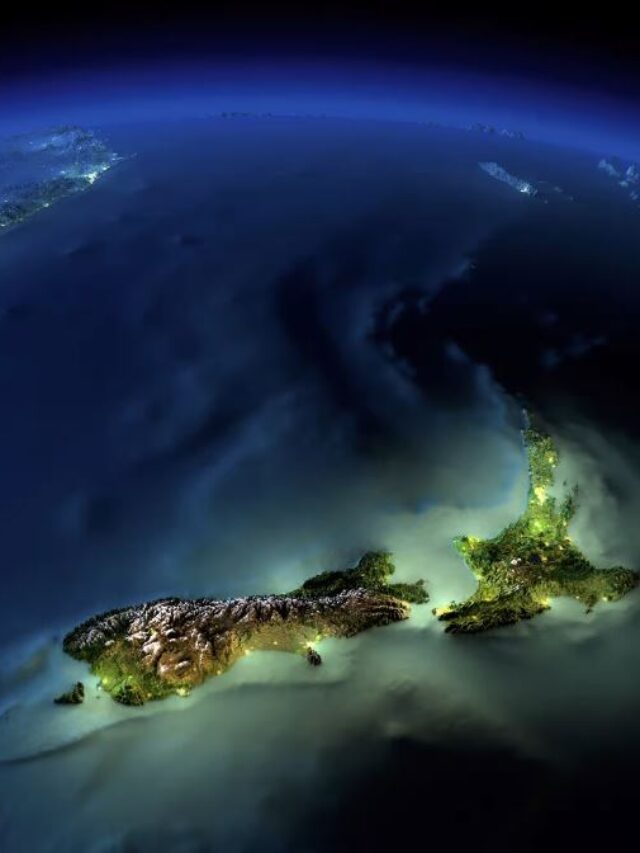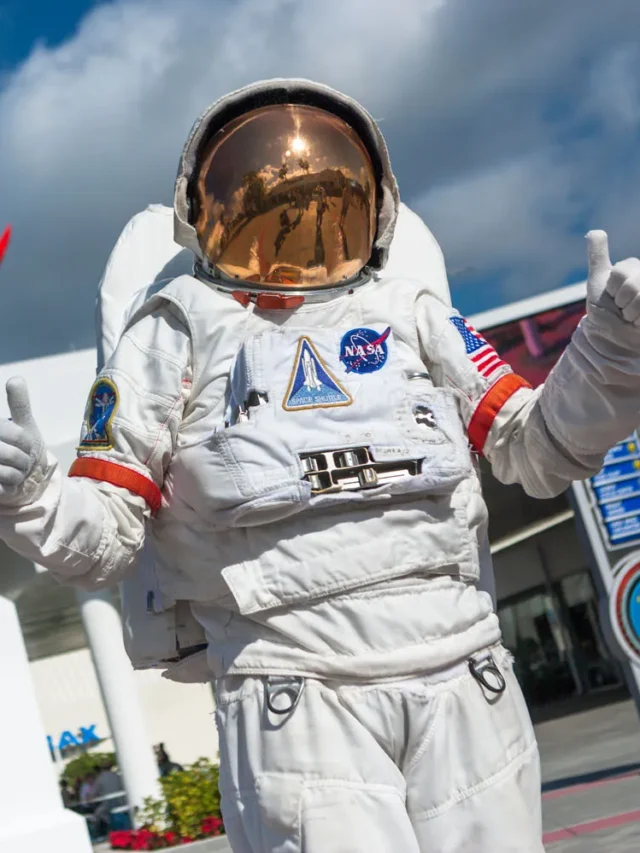
Webb detects smoke in space
Astronomers have used NASA’s James Webb Space Telescope to find complex organic compounds, or molecules with a carbon foundation, in a galaxy that is more than 12 billion light-years away.
According to research by a global group of experts, Webb’s data revealed that the distinctive characteristics of these big organic molecules were comparable to those found in smoke, soot, and smog found in cancer-causing hydrocarbon emissions that contribute to atmospheric pollution on Earth.
Expert’s Advice
The effects of galactic smoke signals, or carbon-based compounds, on their cosmic ecosystems are significantly less catastrophic, according to astronomer Justin Spilker of Texas A&M University (US).
Describing them as being ”pretty common in space”, Spilker, an assistant professor in the Department of Physics and Astronomy said, ”Astronomers used to think they were a good sign that new stars were forming. Anywhere you saw these molecules, baby stars were also right there blazing away.” The new results from Webb showed that this idea might not exactly ring true in the early universe, according to Spilker, casting doubt on the old proverb that where there’s smoke, there’s fire, at least in the context of galaxies.
”Thanks to the high-definition images from Webb, we found a lot of regions with smoke but no star formation and others with new stars forming but no smoke,” Spilker added.
Spilker said the discovery, published in the journal Nature, was made possible by the combined powers of ”Webb, fate, and gravitational lensing”.
lensing is observed to occur when the light from the background galaxy is stretched and magnified by the foreground galaxy into a ring-like form.
”By combining Webb’s amazing capabilities with a natural ‘cosmic magnifying glass’, we were able to see even more detail than we otherwise could,” said Spilker.
”That level of magnification is actually what made us interested in looking at this galaxy with Webb in the first place because it really lets us see all the rich details of what makes up a galaxy in the early universe that we could never do otherwise,” said Spilker.
It was discovered that the light from the organic molecules, which are located 12 billion light years away, started its voyage when the universe was only 10% of its present age, or less than 1.5 billion years old.
Also Read:Are Multivitamin Pills Essential Part Of Diet? – Bharat Express
To read more such news, download Bharat Express news apps






































